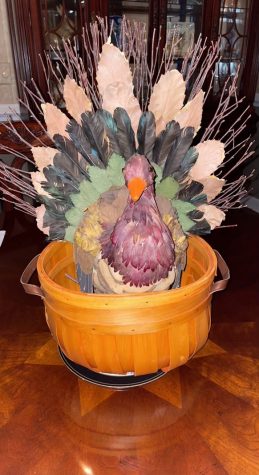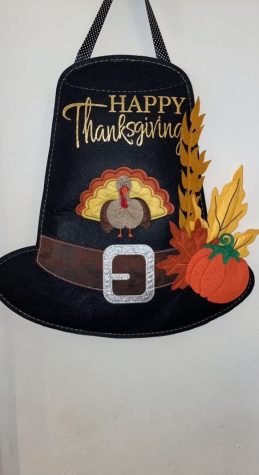The History of Thanksgiving
At the end of Autumn comes Thanksgiving that stared in 1621.
Photo by Kerstin Wrba on Unsplash
Thanksgiving comes around once a year and is loved by many. It is a great way to bring the whole family together.

The air is crisp, trees are full of warm colors, and leaves covering the ground. In the U.S. citizens celebrate the national holiday of Thanksgiving. It takes place on the fourth Thursday of November every year. Thanksgiving started in 1621 when the Wampanoag and the Pilgrims (Plymouth colonists) shared an autumn feast. The celebration was held in Plymouth, Massachusetts and lasted for three days.
In 1620, a ship called the Mayflower left England, carrying a little over one-hundred passengers. They landed in what is known today as Plymouth, Massachusetts and from there established a colony. At the colony, they planted all different types of crops. The following fall in 1621, the Pilgrims decided to celebrate by having a three-day celebration. According to historical records, at this time a meeting took place between the Pilgrims and the Wampanoag tribe.
Historians say the Native Americans weren’t invited to this gathering. Instead, it is believed that the Pilgrims were celebrating by screaming and shooting guns. The Wampanoag tribe heard and thought they were under attack by the colonists. Since, the Wampanoag’s and the colonists had a diplomatic treaty of mutual defense, they sent around ninety Wampanoag Indians to help the colonists. Those ninety Wampanoag Indians were there for the first Thanksgiving feast.
Communication between the Natives and the Pilgrims was a breeze, thanks to one Indian, a young man named Squanto. Squanto spoke fluent English and was appointed by the Massasoit to carry out as the pilgrim’s translator and guide. He was an interictal part of the first Thanksgiving and is always a great part of our national holiday.

The menu at the first Thanksgiving was most likely quite different than our modern-day version. Potatoes and sweet potatoes had yet to be farmed and cranberries were also not available to the settlers yet. It is thought that different types of fowl were served, including passenger pigeons, geese, and ducks. Venison was also a protein served at the event; it is believed that the Natives brought the venison to the feast. Various seeds, nuts and root vegetables were also served, and it is believed that water was the beverage of choice. The Wampanoag also brought shellfish like clams and oysters and smoked fish. Pies were not part of the feast as the colonists had no butter or flour to make pastry dough. Even though pastries are a big meal item for Thanksgiving today.
There are many myths that surround the first Thanksgiving. Not much is known about what really took place, and only two firsthand accounts were ever written. The original feast was to celebrate a successful fall harvest. There were only 53 of the original 102 pilgrims at the feast. Many died due to starvation and disease. The feast by the pilgrims and the Wampanoag was never actually called “Thanksgiving”, it was simply a harvest celebration. Continental Congress declared the first national Thanksgiving in December 1777 and then in 1789, George Washington declared the last Thursday in November a national Thanksgiving too. Abraham Lincoln finally supported legislation making Thanksgiving a national holiday in 1863.


